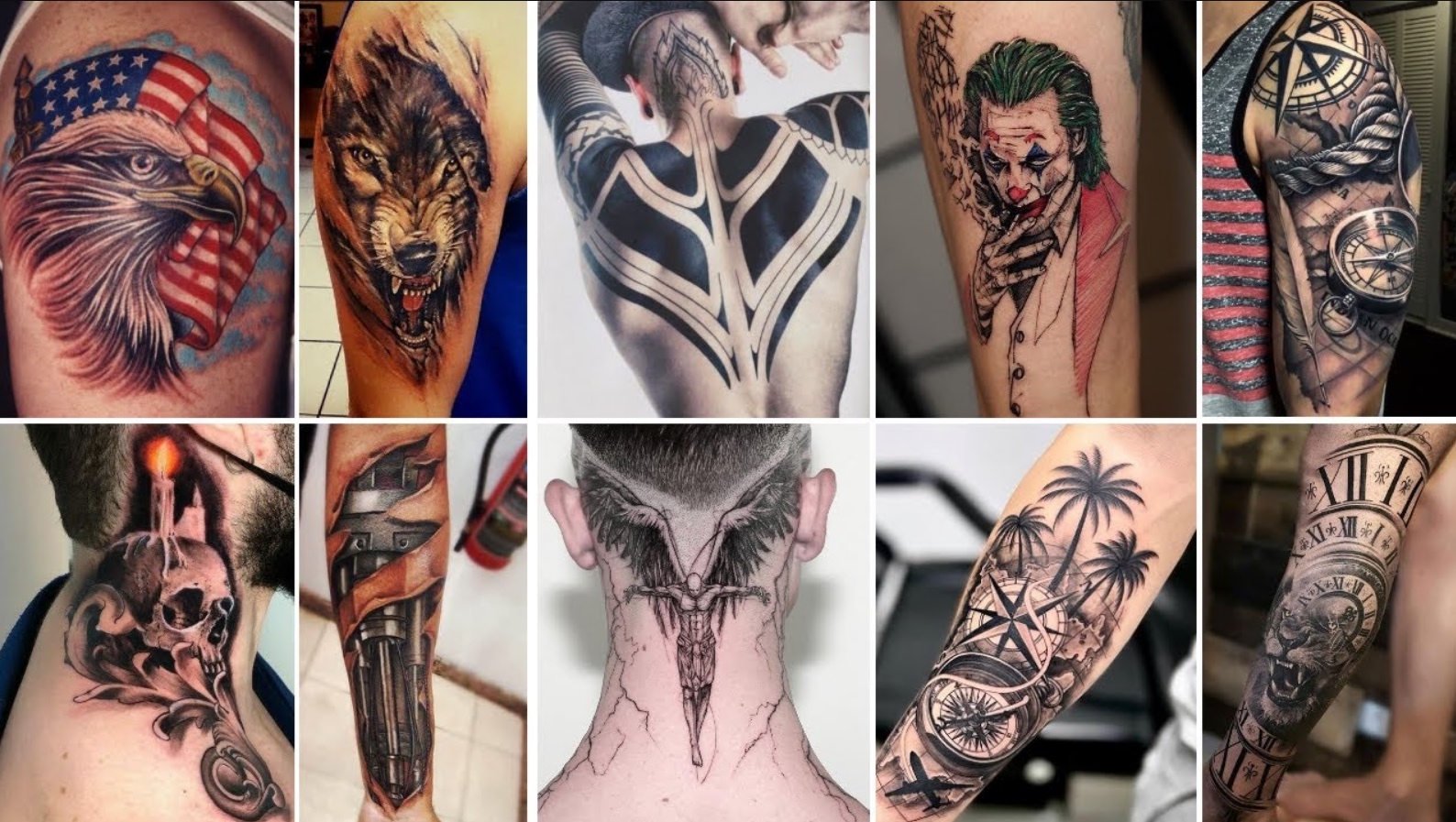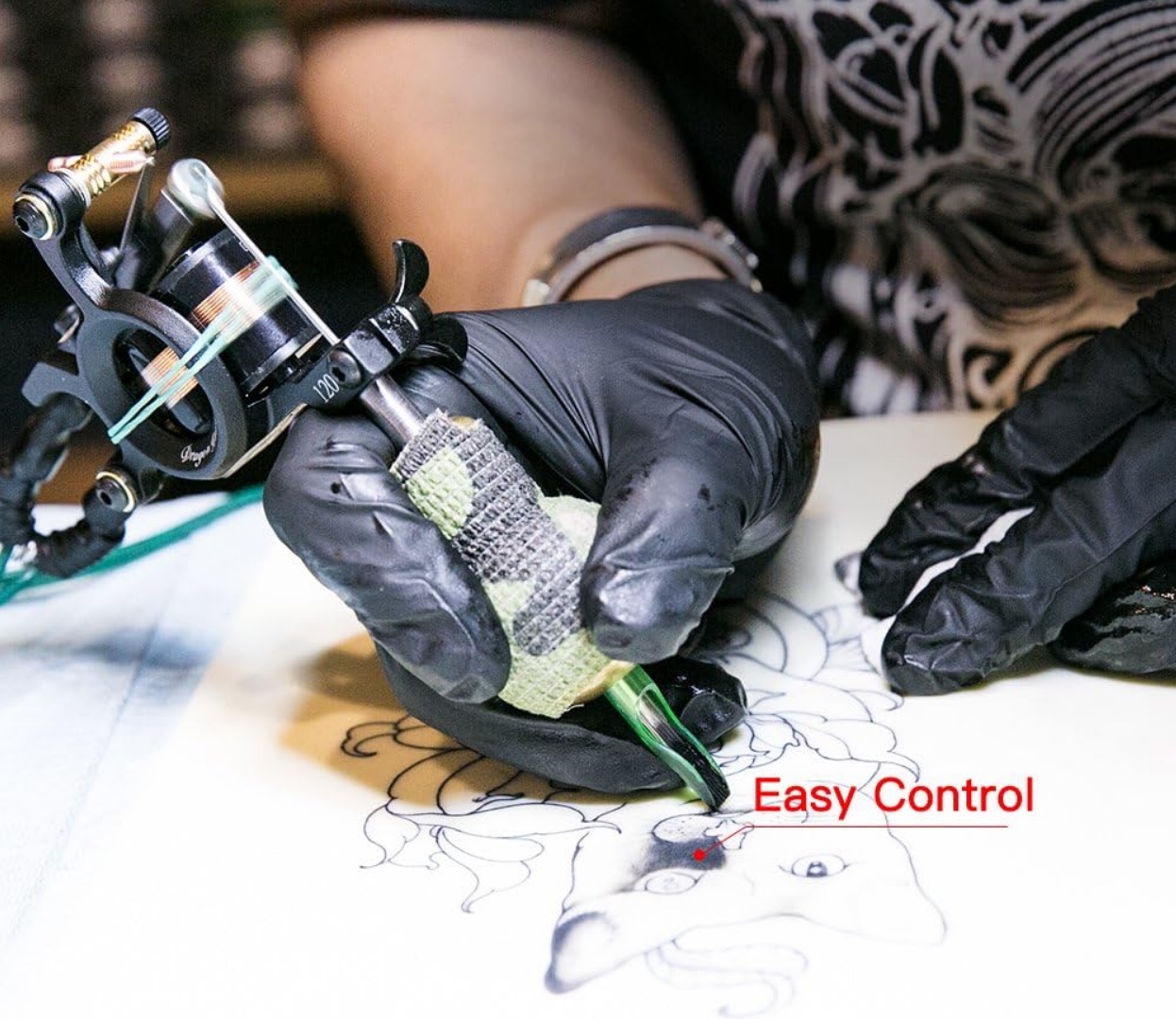
How To Unlock Your Potential to Become a Tattoo Artist in 2024
To become a tattoo artist is more than just a career choice; it’s a calling that combines artistry, technical skills, and a deep connection with clients. This path is both challenging and rewarding, offering artists the opportunity to create permanent pieces of art on living canvases: human skin. Whether you have been sketching since childhood or are new to the art world, this article will guide you through the multifaceted process of becoming a tattoo artist.
Become a tattoo artist

When you choose to become a tattoo artist, you are stepping into a vibrant community rich in culture and creativity. Tattooing is not merely about applying ink; it’s a form of storytelling, expression, and emotional connection. As a tattoo artist, your work will speak volumes about who you are and what you represent.
The journey begins with a commitment to honing your craft. It requires dedication, passion, and resilience. You’ll encounter various challenges along the way, from mastering techniques to building a client base, but each step will contribute to your growth as an artist.
Understanding the Role of a Tattoo Artist
Being a tattoo artist encompasses far more than creating beautiful designs. It’s essential to understand the complete picture of what this role involves.
Tattoo artists must engage with their clients during consultations to discuss ideas, preferences, and concerns. These conversations lay the groundwork for personalized designs that resonate with clients’ emotions and stories. Afterward, they translate these concepts into intricate designs that fit the body’s contours.
In addition to artistic skills, tattoo artists must be proficient in hygiene and safety protocols. Creating a safe environment is crucial, as tattoos involve breaking the skin barrier. Artists must maintain a sterile workspace and ensure that all equipment is properly cleaned and disposed of. The responsibility doesn’t end with the tattoo; aftercare guidance is also provided to help clients maintain their new artwork.
The Artistic Journey
Artistry lies at the heart of tattooing. However, becoming an exceptional tattoo artist goes beyond innate talent; it involves continuous learning and experimentation.
As you embark on your journey, immerse yourself in various artistic styles. Explore traditional tattoos, neo-traditional, realism, abstract, and many others. Each style has its own nuances and methodologies. Engaging with diverse techniques and trends can help you find your niche and develop a unique signature style that sets you apart.
Don’t shy away from feedback. Constructive criticism is invaluable for growth. Share your work with fellow artists, participate in workshops, and seek mentorship from experienced tattooists. Embracing collaborative learning experiences enriches your skill set and fosters lasting relationships within the tattoo community.
The Importance of Networking
Networking plays a critical role in establishing your career as a tattoo artist. Building strong connections within the industry can open doors to opportunities you might not have considered.
Attend conventions, art shows, and tattoo expos to meet like-minded individuals. Engage with other artists, suppliers, and potential clients. Create an online presence on social media platforms to showcase your work and interact with followers. This exposure not only attracts clients but can also lead to collaborations and guest spots at reputable studios.
Your reputation is everything in this profession. Providing excellent customer service and producing high-quality work is vital to building a loyal clientele. Satisfied clients often become your best advocates, recommending your services to friends and family, which is a powerful marketing tool in itself.
How to become a tattoo artist

As you explore how to become a tattoo artist, it’s essential to recognize that this is a gradual process, requiring time and effort. Not only do you need artistic skills, but you’ll also have to navigate the administrative and practical aspects of running a tattoo business.
Tattoo Artist Training
One significant step in your journey to become a tattoo artist is enrolling in a tattoo artist course. Such courses provide a solid foundation in essential skills, including design, technique, equipment usage, and hygiene practices.
When selecting a course, look for reputable institutions that offer hands-on training with experienced instructors. A well-structured curriculum will cover everything from basic drawing skills to advanced tattooing techniques. Additionally, consider blending formal education with self-study to expand your knowledge further.
After completing your initial training, prepare a portfolio showcasing your art style and techniques. A strong portfolio is crucial for demonstrating your skills to potential apprenticeship mentors and clients. Make sure it reflects your versatility and personal touch, as this will set you apart from other aspiring artists.
The Apprenticeship Experience
An apprenticeship is a pivotal phase in your journey. It typically lasts between one to three years and involves learning under the supervision of an established tattoo artist. This experience allows you to gain hands-on training while perfecting your craft.
During your apprenticeship, you’ll become familiar with the day-to-day operations of a tattoo studio. You’ll learn the intricacies of sanitization, equipment handling, and client interactions. Apprenticeships often require patience, as you may initially start by performing simpler tasks before progressing to actual tattooing.
Remember, every apprenticeship is unique. Some artists may focus more on specific styles, while others may offer a broader range of experiences. Take advantage of this opportunity to absorb as much knowledge as possible, regardless of the scope of your mentorship.
Obtaining Licenses and Permits
In many states, obtaining a license is a necessary step in your quest to become a tattoo artist. Licensing regulations vary by location, so research the requirements in your state thoroughly.
Typically, becoming licensed entails completing a specific number of training hours, passing exams, and providing proof of insurance. This process ensures that you possess the necessary skills and knowledge to practice safely and effectively.
Becoming a licensed tattoo artist enhances your credibility, increasing clients’ trust in your abilities. It demonstrates that you are committed to professional standards and dedicated to maintaining a safe environment for your clients.
How to become a tattoo artist in 2024

As we move into 2024, the landscape of tattooing continues to evolve. New trends, technologies, and techniques are emerging, making it an exciting time to become a tattoo artist.
Embracing Technology and Social Media
In today’s digital age, embracing technology is crucial for success as a tattoo artist. Utilize social media platforms to showcase your work, engage with followers, and attract potential clients. Instagram, for instance, acts as a visual portfolio, allowing you to display your artistry effectively.
Additionally, consider developing a website that highlights your services, provides information about your background, and features testimonials from satisfied clients. An online presence not only increases visibility but also establishes professionalism and credibility.
Staying Informed About Trends
Tattoo trends evolve rapidly, and staying informed is vital if you want to remain relevant in the industry. Follow leading tattoo artists and studios on social media and attend conventions to keep up with the latest styles and techniques.
Participating in continuing education can also enhance your skill set. Look for workshops or seminars that introduce you to new methods, equipment, or artistic approaches. The more you invest in your learning, the better equipped you’ll be to create innovative and sought-after designs.
Fostering Client Relationships
Building and maintaining strong relationships with clients is paramount in the tattoo industry. Your ability to communicate effectively and listen to your clients’ needs will significantly influence their experience. Take the time to understand their vision and provide valuable insights throughout the design process.
Consider maintaining an aftercare follow-up system, checking in with clients after their appointments to ensure they are satisfied with their tattoos and healing process. This level of care builds trust and loyalty, encouraging clients to return for future work and recommend you to others.
Navigating Challenges
Every profession comes with its share of challenges. As you pursue your dream to become a tattoo artist, be prepared to face physical demands, health risks, and competitive pressures.
Tattoo artists often spend long hours standing and working with their hands, which can lead to physical strain. Prioritize self-care and take breaks when needed to avoid burnout. Emphasize ergonomics in your workspace to minimize discomfort.
Health risks associated with tattooing necessitate vigilance and adherence to safety protocols. Regularly refresh your knowledge of sanitation practices to ensure the well-being of both yourself and your clients.
Competition can be fierce, particularly in bustling urban areas. To stand out, cultivate a unique style and brand identity. Focus on delivering exceptional work and superior customer service, ensuring that your clients leave satisfied and eager to refer others to you.
Conclusion
In summary, embarking on the journey to become a tattoo artist is an exhilarating adventure filled with opportunities for personal and professional growth. By committing to continuous learning, honing your artistic skills, and embracing the evolving landscape of the tattoo industry, you can build a successful and fulfilling career.
Whether you’re just starting or looking to refine your existing skills, remember that dedication, hard work, and passion are paramount in achieving your dream of becoming a tattoo artist. With persistence, creativity, and a willingness to adapt, you can leave a lasting mark on the world—one tattoo at a time.


